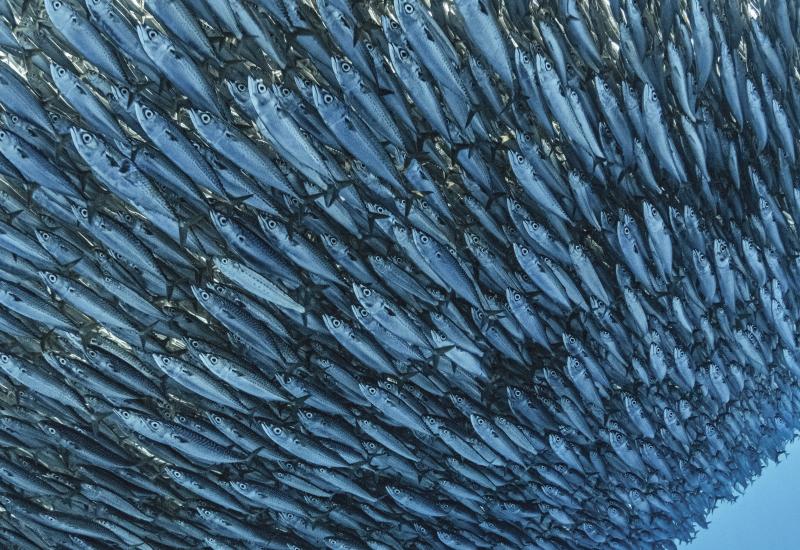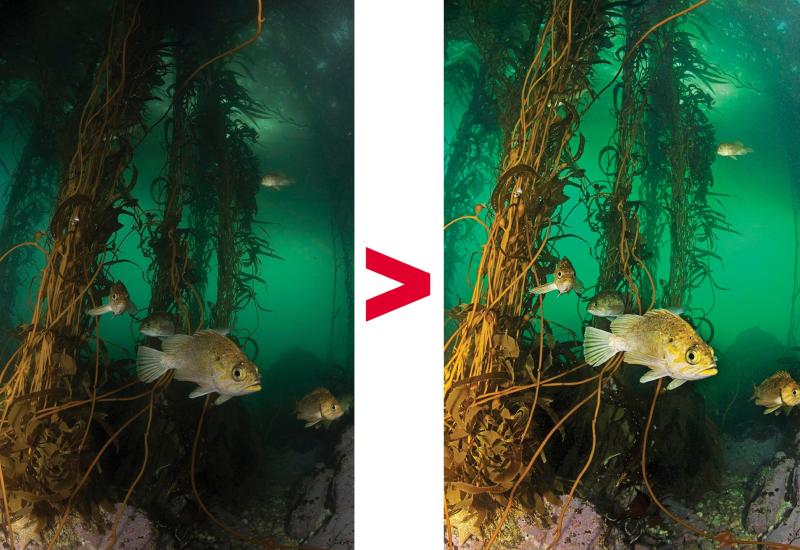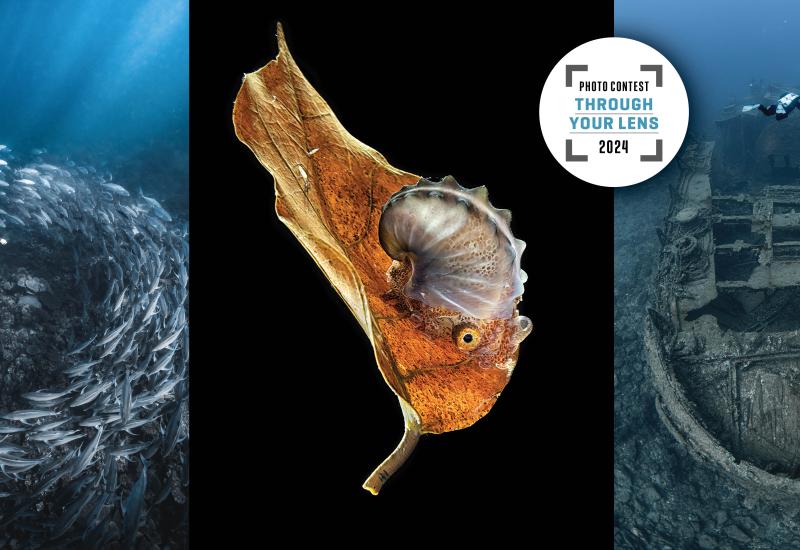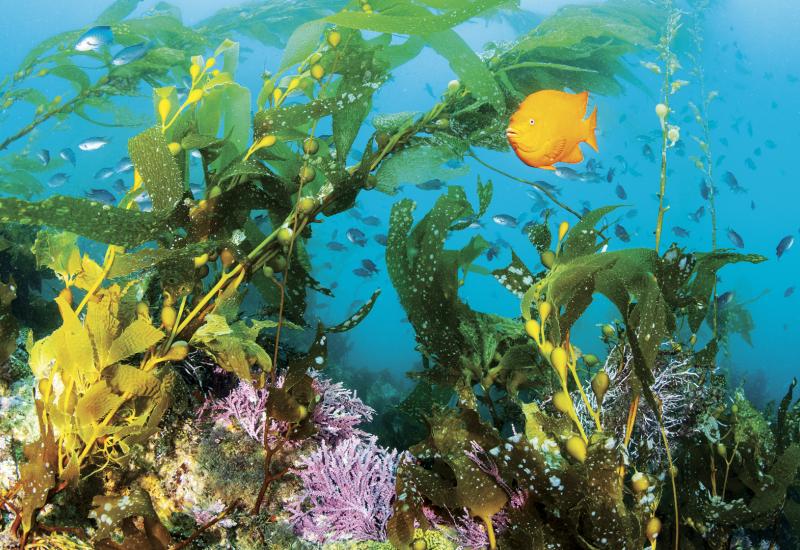Photographing Sharks: A Revolutionary Way of Lighting Sharks Underwater
The art world is abuzz over Michael Muller right now — as well it should be. The Hollywood photographer debuted his book, Sharks, Face-to-Face with the Ocean’s Endangered Predator. Published by Taschen, the book’s glossy pages are filled with innovative shots of sharks bathed in studio lights — Muller’s iconic photographic style. Most underwater shooters carry 400-watt lights; Muller wanted to use his 1,200-watt studio lights on shark expeditions. He found a way. Four patents later, this visionary not only captured arresting images of great whites and other species across the globe, but he also designed a revolutionary way of lighting his subjects underwater.

Michael MullerHammerhead shark, Bimini, Bahamas.
Q: WHAT WERE YOU TRYING TO CAPTURE WITH ALL THAT LIGHT?
A: In many of my previous images, the shark’s eye is black. But when a great white swims by, it’s like looking at the eye of a person — you can really see the iris. I wanted to capture all the detail of their eyes and teeth.
Q: TELL ME ABOUT YOUR PROCESS.
A: I try to create imagery never seen before. For that, I like to use smoke and elements. In the Bahamas, I discovered that fine white sand, when thrown in the water, looks like smoke.

Michael MullerWhale shark, Isla Mujeres, Mexico.
Q: CAN YOU SHARE ANY STORIES?
A: I was shooting in the Galapagos. After 45 minutes hanging out on rocks underwater, it starts getting dark. All of a sudden, I see a bunch of jacks swimming against the current, which is strange. I see a shadow, and start taking photos as I’m swimming toward — a whale shark. With me is Cesar Penaherrera, of the Charles Darwin Foundation. He jams around the backside of the whale shark like a Porsche, and I realize that in about two seconds, Cesar is going to tag this shark, and it’s not going to like it.

Michael MullerBlue sharks, Cape Town, South Africa.
Q: WHAT DID YOU DO?
A: I start kicking backward. Sure enough, Cesar shoots! The 20-foot tail whips by, missing me by a few feet. Had it hit me, it would have sent me into the current and down to the bottom of the Pacific. I learned a big lesson: Be aware of your surroundings and quick to respond. What I do is like free-climbing Half Dome in Yosemite with no ropes. But I don’t do it for the adrenaline. When you’re underwater with these alpha predators, it’s the purest of moments. All that exists in that moment is the shark. It’s the highest form of meditation.
Q: AND YOUR GOAL FOR THE BOOK?
A: I wanted to raise awareness and money for sharks, and 100 percent this is what I’ve done with the book and my profession. I shoot celebrities who get a lot of airtime. So I’ve been bringing them to swim with sharks. People like Shaun White the snowboarder. Ben Stiller. Actor Taylor Kitsch. Their perceptions about sharks change immediately, and then they talk about it. On Late Night with Seth Meyers, Ben Stiller talked for six minutes about sharks.

Michael MullerGreat white shark, False Bay, South Africa.
Q: WHAT DOES YOUR WIFE THINK OF THE SHARK DIVING?
A: She cried the whole way out to Guadalupe, saying how irresponsible we were for going on this shark-diving trip. That our kids would grow up orphans. Then, on either our first or second dive, I thought she was going to jump on the dorsal fin of a great white!
Follow Michael on Instagram @MICHAELMULLER7










